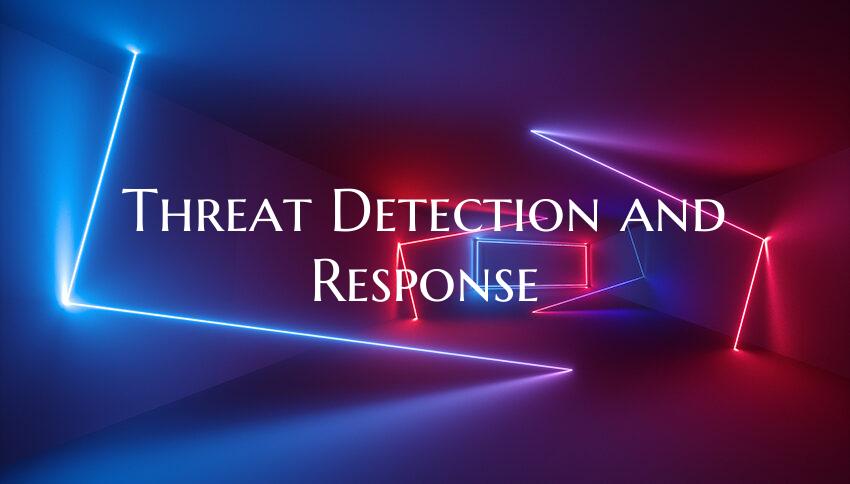Threat Detection and Response
In today's digital landscape, the constant evolution of cyber threats poses a significant challenge for organizations across all industries. As cybercriminals become increasingly sophisticated in their tactics, fortifying threat detection and response strategies has never been more critical. By adopting proactive and comprehensive approaches, organizations can effectively mitigate risks and safeguard their valuable assets.
Threat detection involves the continuous monitoring of networks, systems, and endpoints to identify potential security incidents. Leveraging advanced technologies such as artificial intelligence and machine learning can significantly enhance the capabilities of threat detection systems. These tools can analyze vast amounts of data in real time, detect anomalies, and swiftly alert security teams to potential threats.
However, detecting threats is only the first step. A robust threat response strategy is equally essential in effectively addressing security incidents. Organizations should establish clear incident response plans outlining roles, responsibilities, and procedures to follow in the event of a security breach. This proactive approach enables teams to act swiftly and decisively, minimizing the impact of cyber attacks.
Furthermore, conducting regular security assessments and penetration testing can help organizations identify vulnerabilities in their systems and processes before malicious actors exploit them. By continually assessing and enhancing their security posture, organizations can stay one step ahead of cyber threats and reduce the likelihood of successful attacks.
Collaboration and information sharing within the cybersecurity community are also vital components of effective threat detection and response strategies. By staying informed about emerging threats and sharing best practices with peers, organizations can collectively strengthen their defenses against cyber attacks.
In conclusion, enhancing threat detection and response capabilities is paramount in today's threat landscape. By leveraging advanced technologies, establishing robust incident response plans, conducting regular security assessments, and fostering collaboration within the cybersecurity community, organizations can bolster their defenses and protect themselves against potential threats. Prioritizing proactive security measures is crucial in safeguarding sensitive data, maintaining customer trust, and ensuring business continuity in the face of evolving cyber threats.

